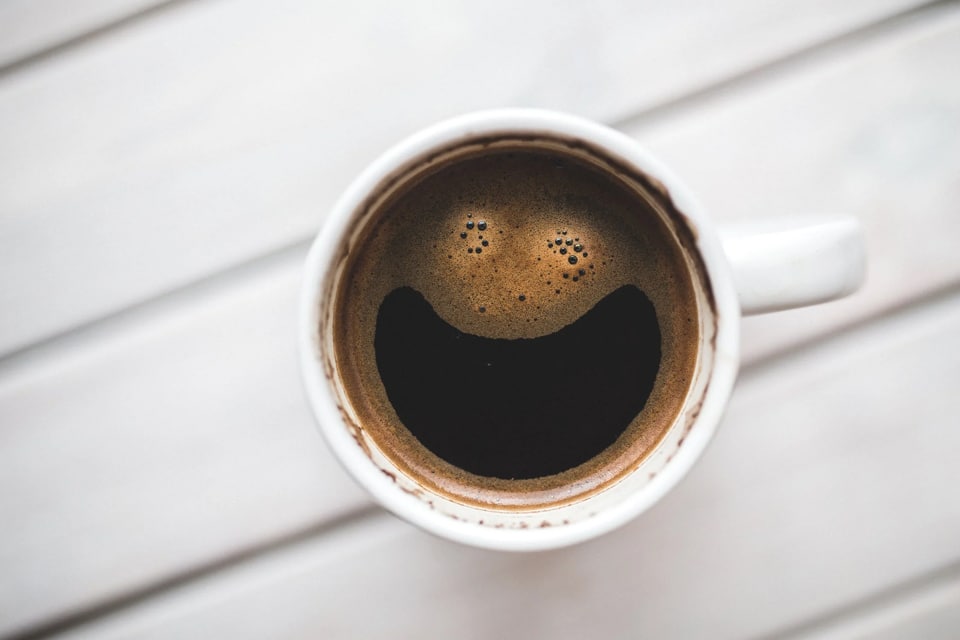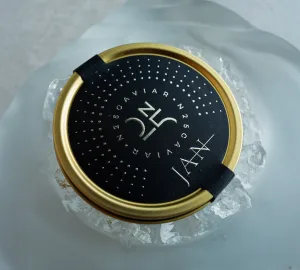5 minute read
If you’re a passionate coffee lover, preparing your own at home offers the chance to create something special – from flavor profile to aroma to texture. Home brewing techniques like pour-over, Moka pot, AeroPress, and French press can yield delicious brews that tantalize all of the senses. However, mastering these methods can be a tricky business – especially for those just starting on their home barista journey. To assist in helping get started with home brewing techniques for all cups of Joe lovers everywhere, this blog outlines everything needed to know when it comes down to making cafe-style masterpieces in the comfort of one’s kitchen!
A World of Beans
Before delving into the art of brewing, it’s essential to understand the array of coffee beans at our disposal. Two primary types of coffee plants provide the beans we consume today: Arabica and Robusta. Arabica beans, originating from Ethiopia, account for nearly 60% of the world’s coffee production.
They yield a flavorful brew, with notes of sugar, fruit, and a pleasant acidity. Conversely, Robusta beans, native to Sub-Saharan Africa, contain twice as much caffeine as Arabica and are known for their strong, harsh flavor, often described as earthy or bitter. Then there are different brands of Costa Rican coffee, for instance, that offer a unique taste all its own. Depending on the origin and type of bean, coffee can be light or dark roast – each with its distinct flavor profile.
Equipment Essentials
To craft a superior cup of coffee at home, you’ll need more than just high-quality beans. A well-equipped coffee brewing arsenal is also crucial. Start with a good coffee grinder – burr grinders are preferred for their consistency in grinding, providing an even extraction for a balanced flavor. A scale is another key tool for precision in measuring coffee and water ratios.
Next, choose your brewing method. For a clean, smooth cup of coffee, consider a pour-over setup, which might include a Hario V60 or a Chemex. If you prefer a robust, full-bodied brew, a French press could be a good fit. For espresso lovers, investing in a quality espresso machine, like a Breville or De’Longhi, may be well worth it. Remember, a good coffee maker can make all the difference when it comes to extracting the full potential of your beans.
Coffee Grind Mastery
The grind size of your coffee plays a pivotal role in the taste and quality of your brew. Fine grinds have a larger surface area, which allows for a quicker extraction process, making them ideal for methods with a short brew time such as espresso. This leads to a bold and intense flavor. On the other hand, coarse grinds, with their smaller surface area, are suited for brewing methods that require a longer extraction time, like a French press. This results in a more balanced brew, with a lighter body and pronounced acidity.
Adjusting your grind size can also help to correct any taste imbalances in your coffee. If your brew tastes overly acidic or sour, it might be under-extracted, indicating a need for a finer grind. Conversely, if your coffee is bitter or has a lingering, unpleasant aftertaste, it might be over-extracted, and a coarser grind might be called for.
Brewing Methods Unveiled
Now that the basics are covered, it’s time to explore the various methods of home brewing. Let’s start with auto-drip coffee makers: the most common method used in households worldwide. With this setup, hot water is passed through a paper filter filled with ground coffee. The water then drips into a decanter and is ready for consumption within minutes. Drip coffees are known for their balanced flavor and light body, making them a great introductory method for beginner baristas.
For a more complex cup of joe, consider the French press. This method involves immersion brewing: steeping the ground coffee in hot water (ideally between 195-205 degrees Fahrenheit) before pressing down the plunger for an incredibly aromatic and full-bodied brew. The AeroPress is also gaining popularity due to its efficiency, portability, and ability to make both espresso-style and filter coffee.
The Perfect Ratio
Achieving the perfect coffee-to-water ratio is a vital step toward unlocking the exquisite tastes of your morning brew. It’s a balancing act that significantly impacts your coffee’s strength and flavor. The general rule of thumb is to aim for a 1:15 or 1:18 ratio, where one part represents coffee, and the latter represents water. For instance, if you’re using 20 grams of coffee, you would use about 300-360 grams of water.
Yet, as with all elements of coffee brewing, this ratio can be tweaked to suit your personal preference. Do you prefer your coffee bold and robust? You might opt for a stronger ratio, such as 1:13. If you like a milder, gentler cup, a 1:20 ratio might be more to your liking.
In conclusion, while mastering the art of homebrewing can be quite challenging, the rewards are well worth the effort. With a little practice and patience, you’ll soon find yourself with an array of cafe-style coffees that you can proudly call your own – guaranteed to delight any coffee lover!






